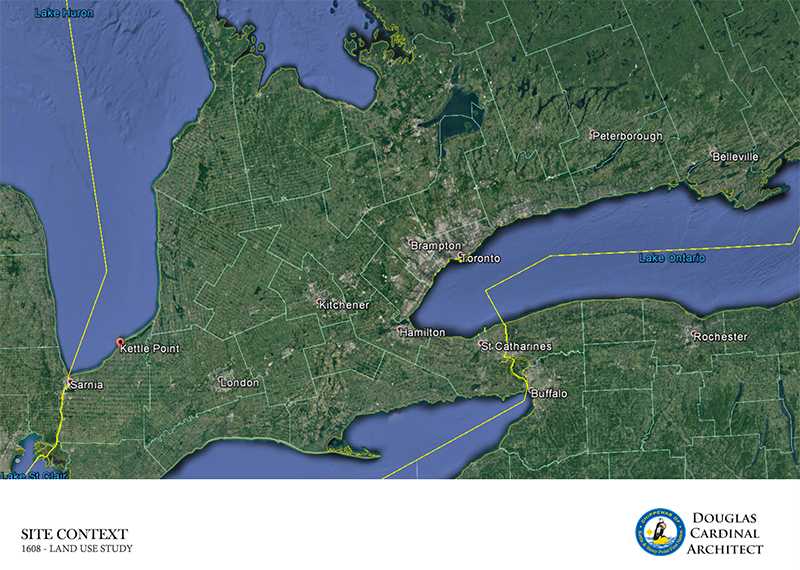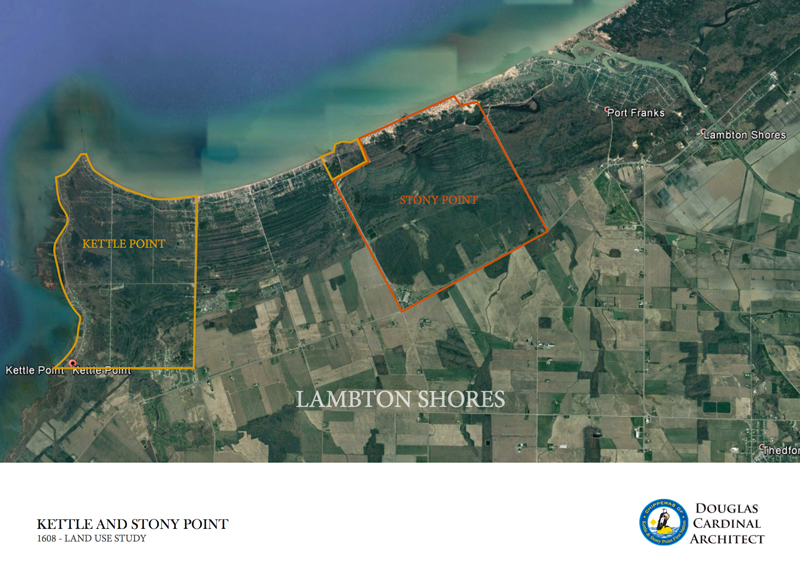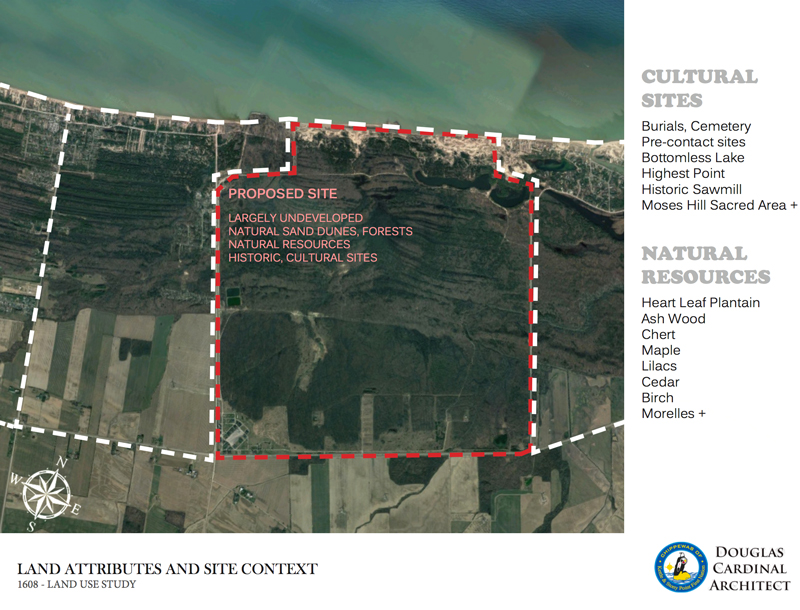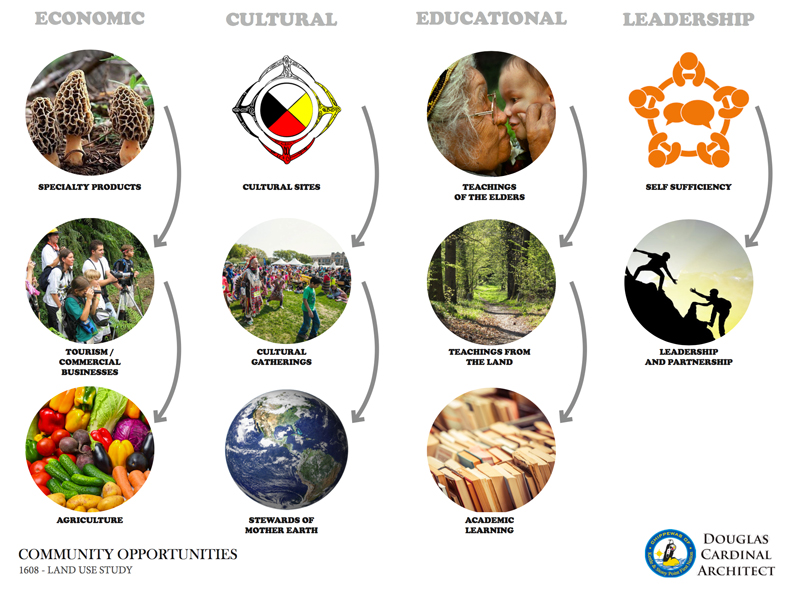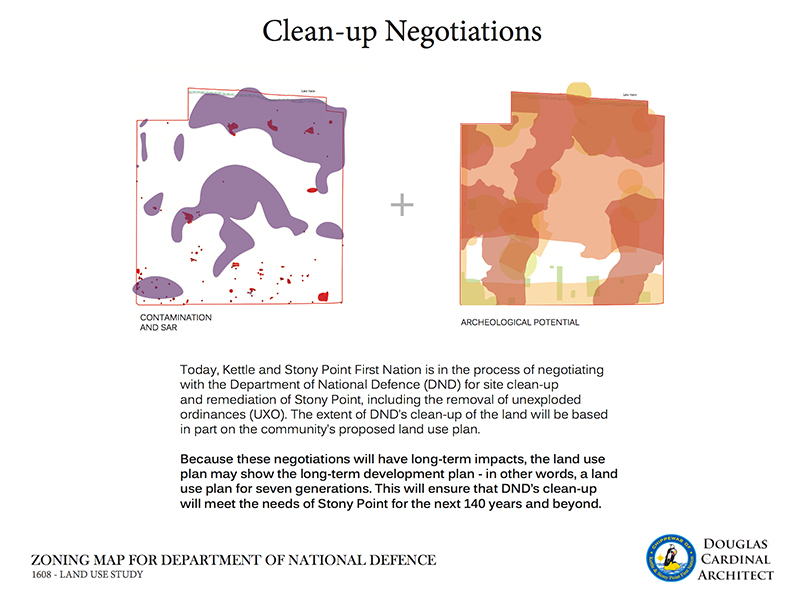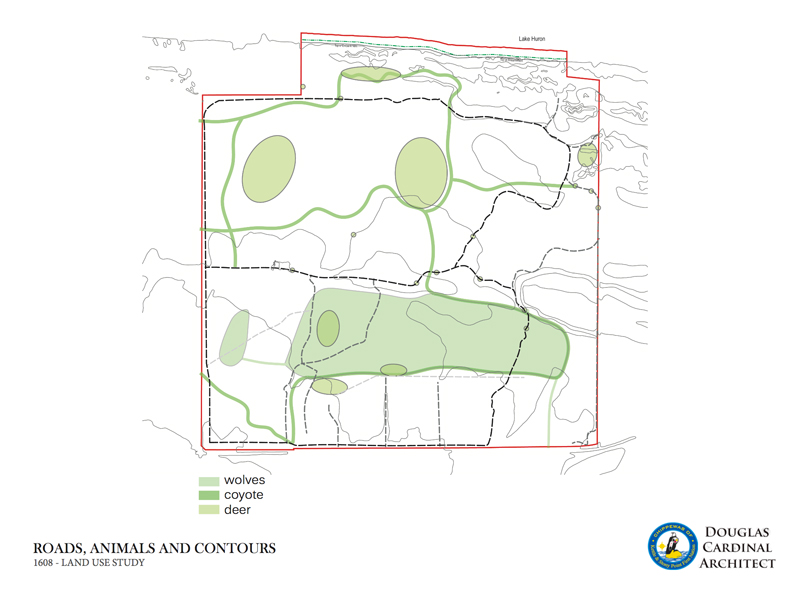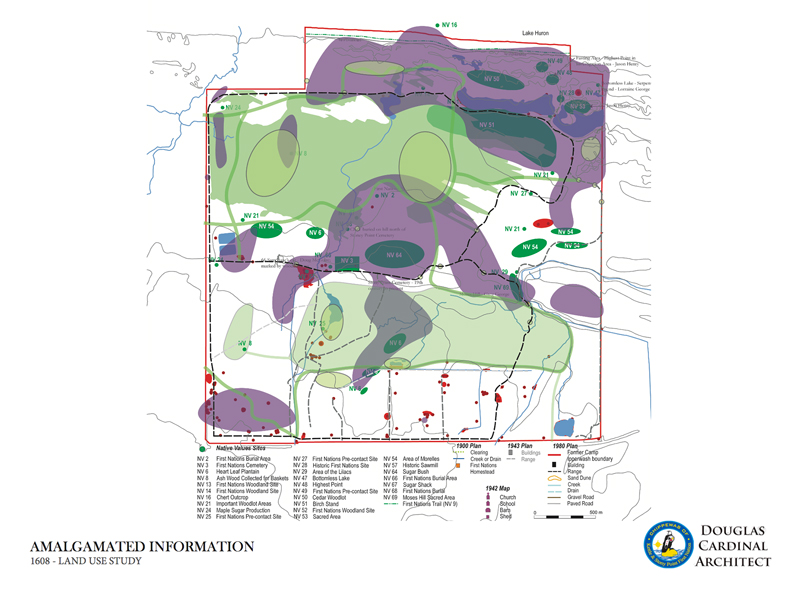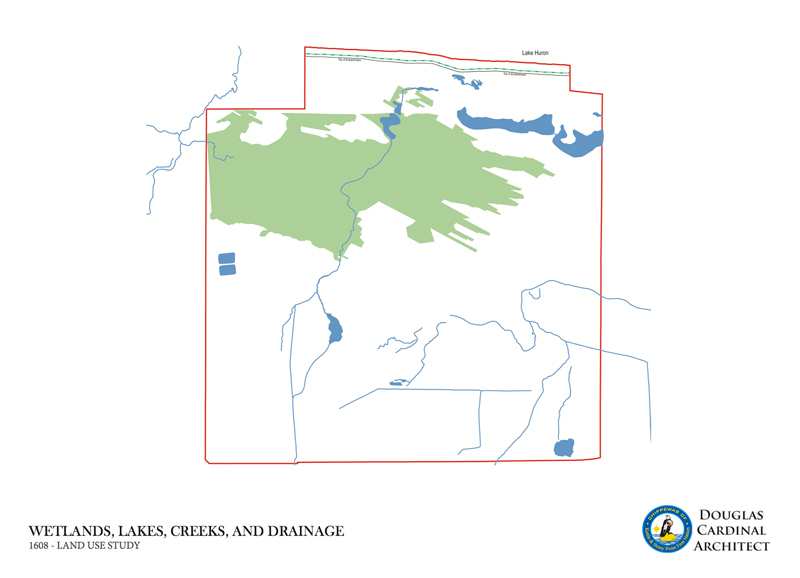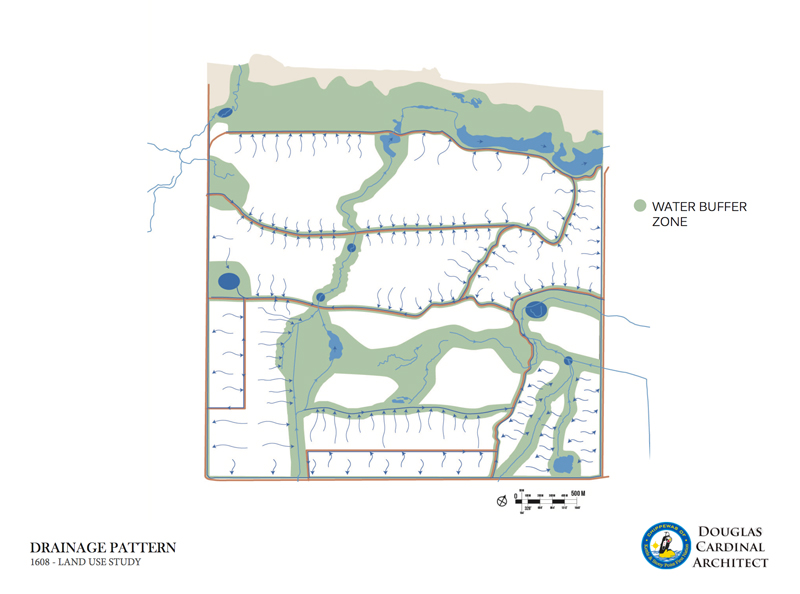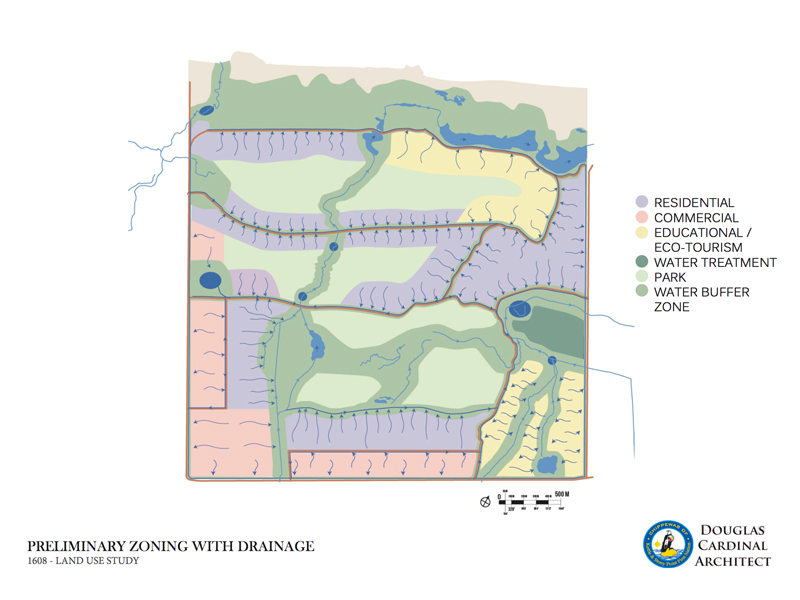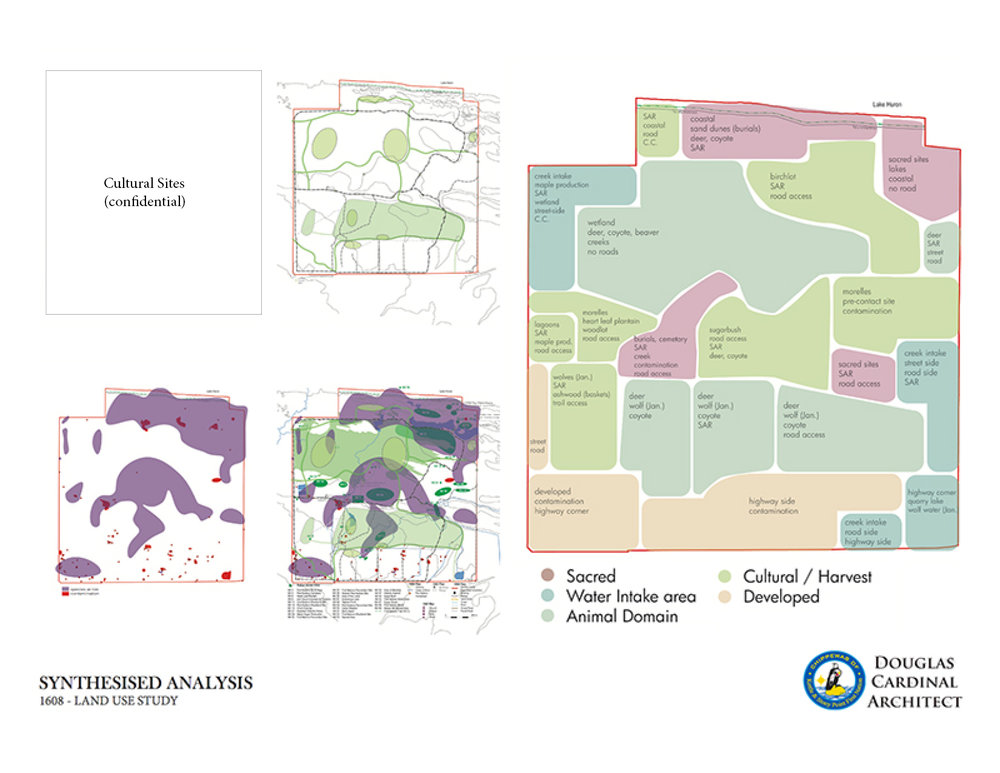Kettle and Stony Point First Nations Land Use Study
The Anishnaabeg of Kettle and Stony Point First Nation are located on the South Eastern Shore of Lake Huron, one of the five Great Lakes. The Great Lakes are the largest system of fresh surface water on the Earth. The Great lakes contain 18% of the world’s fresh surface water, an ecosystem that supports over 3500 species of plants and animals, and fishing and shipping industry that injects more than $7 billion annually into Canada’s economy.
The First Nation are also in close proximity to a number of sizable towns and large cities, including Toronto, the most populated city in all of Canada. Due to the natural environment of Kettle and Stony Point First Nation, with beautiful sandy beaches, forests, and access to the Great Lake, the First Nation is located in an area of great tourist attraction, frequented by both Canadian, US, and foreign visitors, especially during the summer months.
Between the First Nation and the neighbouring towns and nearby cities, almost all of the land surrounding Kettle and Stony Point is agricultural farmland. Thus, much of the pollutants found in the water and soils on Stony Point are pesticide pollutants draining off the neighbouring farms into Lake Huron and First Nation land and natural resources. The pesticides disrupt and prevent the First Nation from being able to safely harvest their natural resources. For this reason, the Kettle and Stony Point community may take this opportunity to establish their own regulations and strategies for treating the pesticide run-off before it affects their land’s resources. This measure would serve the community and demonstrate to the rest of the country a model for a holistic methodology of planning and development.
Our first step has been to do a proper inventory of all the resources of the land we are planning together. We have to then understand the soil and contours of the land and chart out the natural drainage patterns of the water that runs over the land. How we treat the water to work in harmony with the land is fundamental, because water brings life to the land, all the plants, fish, animals and birds. All are given life by the power of life, the water, which is the symbol of women.
Most of the planning by the dominant culture to date is deliberately designed to separate people from nature, and to separate people from each other. It separates the children from the parents, the men from the women, the elders from the community. One can be living next to their neighbour and really never have the opportunity of connecting with them.
Our present urban planning is designed to isolate each other, and it is definitely not planned for women and children. And it isolates the elders from the very fabric of our society. Our Anishinaabe values center our lives around our families. Our mothers and children are our priority. They need the help and support from the men and the elders to make sure that the children have the best resources available to them for their development.
The Anishnaabeg of Kettle and Stony Point First Nation now have an outstanding opportunity to use their land to develop a sustainable community that can provide economic opportunities, support traditional and contemporary First Nation culture, provide holistic educational programs, and take a leap toward socio-economic independence, becoming a leader in indigenous development.
